Get used to it, Tasmania: State warned destructive fires may be the ‘new normal’
There are fears this summer’s series of fires started by lightning — and the destruction they’ve caused — may be the “new normal”.
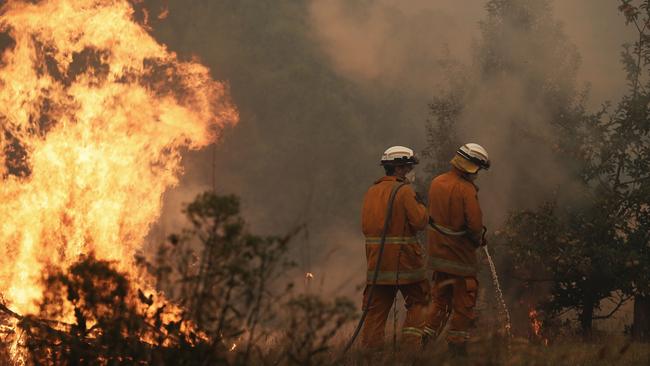
Tasmania
Don't miss out on the headlines from Tasmania. Followed categories will be added to My News.
THERE are fears this summer’s series of fires started by lightning — and the destruction they’ve caused — may be the “new normal”.
And not only that, one expert says the fire damage has the potential to reach the level of the 1933-34 fires in which more than 570,000ha of bushland was burnt.
The current fires have so far burnt more than 205,000ha, about 3 per cent of Tasmanian land.
Another day of favourable weather conditions across the state yesterday allowed fire crews to make significant inroads on containing fires.
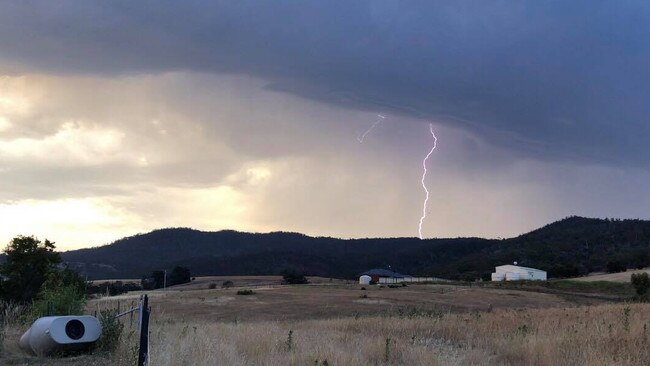
Tasmania Fire Service deputy chief officer Bruce Byatt said 2500 lightning strikes in 48 hours from January 15-16 started about 70 bushfires.
“The sheer amount of lightning strikes that hit landfall across a broad area … means a heightened level of risk for fire starts,” he said.
SCHOOLS GET ALL-CLEAR TO REOPEN
A paper published at the end of last year by University of Tasmania researchers Jenny Styger, Jon Marsden-Smedley and professor Jamie Kirkpatrick forecast the current bushfire destruction in the Tasmanian Wilderness World Heritage Area.
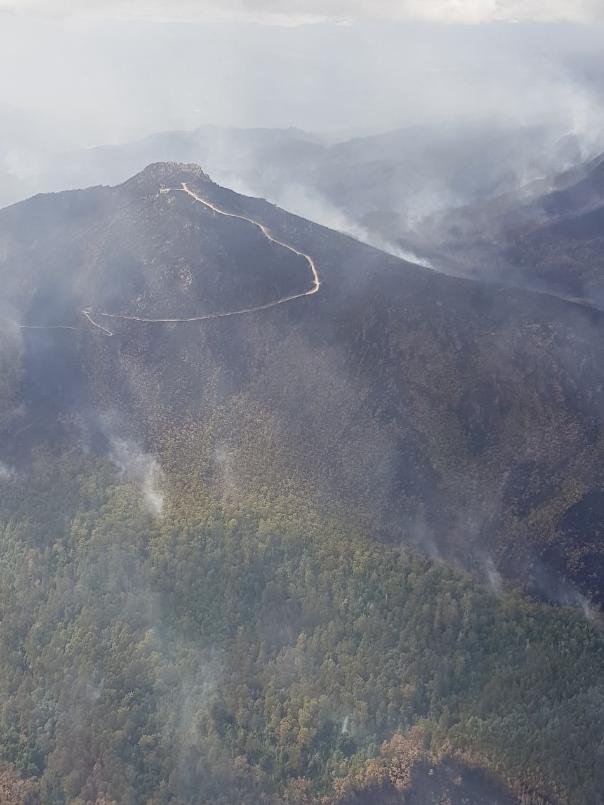
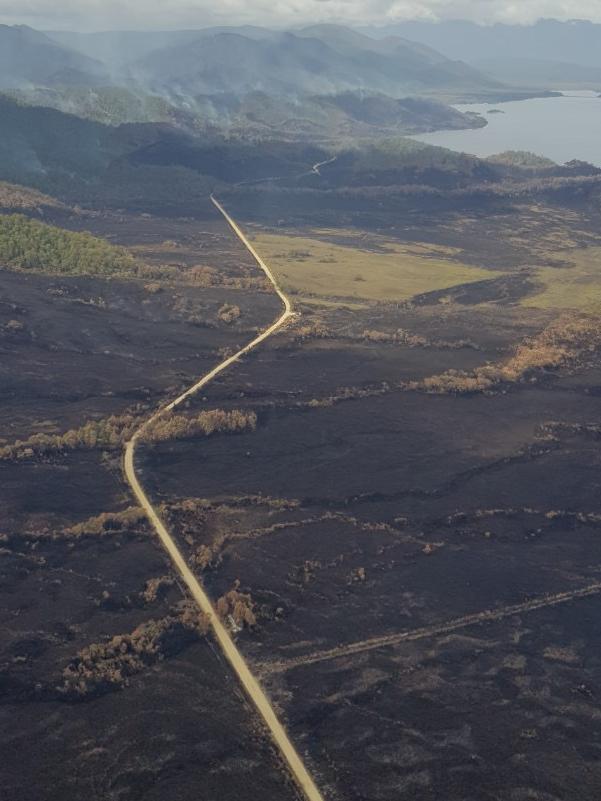
“The probability of catastrophic fires could increase as a result of an increase in ignitions from lightning,” said the study, titled Changes in Lightning Fire Incidence in the TWWHA, 1980-2016.
HUON VALLEY: WE’RE HERE, WE’RE OPEN, WE’RE STICKING AROUND
“Changes in summer rainfall patterns to less frequent, more intense rainfall events … masked by the unchanged total summer rainfall … resulting in more periods of drier fuel and soil conditions is the most likely cause of the increase in lightning fires,” the report said.
“An increase in the proportion of lightning strikes that occur in dry conditions has increased ignition efficiency.
“Lightning-caused fire was rare in the TWWHA before 2000.”
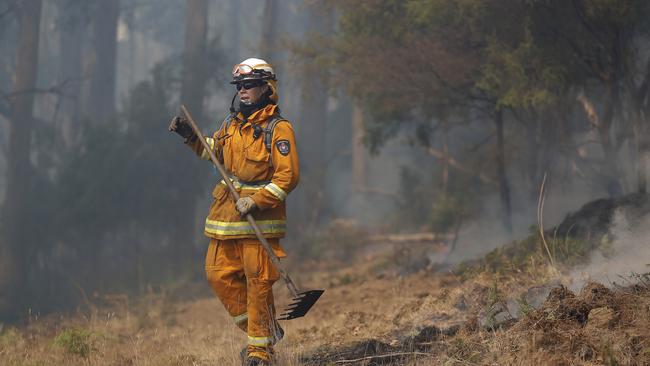
Fire and weed management honorary research fellow Mr Marsden-Smedley said the current fires were building up to be the biggest in the TWWHA since 1933-34.
“This is basically the new normal, and it has profound management implications for the world heritage area,” he said.
ROADS REOPENED AS BUSHFIRE THREAT EASES
“What has changed is the rainfall comes in short hard bursts, rather than long wet, drizzly and soaking rain.
“Which means water runs off very quickly and doesn’t soak in nearly as effectively.
“The effective dryness has radically increased, it’s classic climate change.”
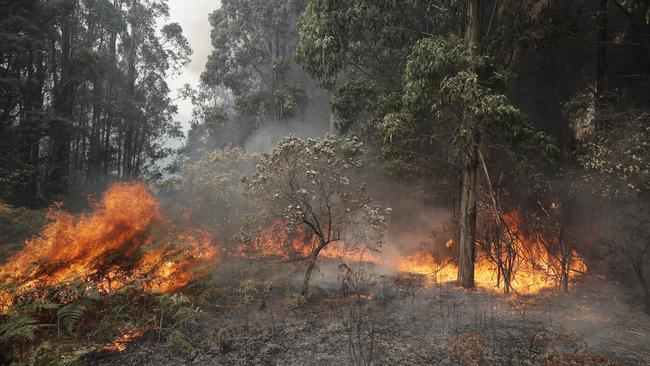
Mr Marsden-Smedley said it couldn’t be predicted or controlled where lightning fires were going to happen.
“You’re more likely to get a lightning fire in a remote area than a human-caused fire,” he said.
WHAT KIND OF PERSON DOES THIS?
“Lightning fires are harder to manage because of the higher probability of being in remote areas.”
He said human-ignited fires were more likely to occur in accessible areas and firefighters would have easier access to put them out.
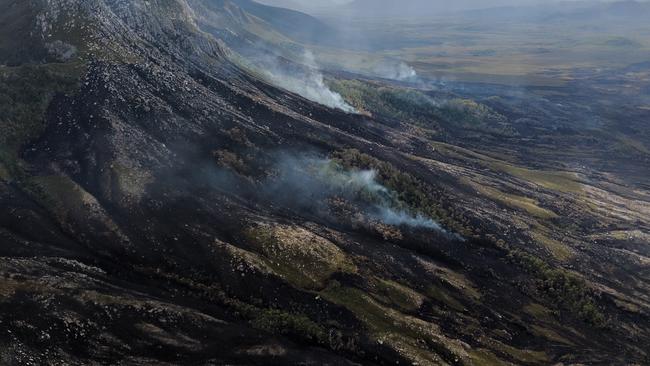
Mr Marsden-Smedley said he had looked at every fire in the TWWHA from the mid-1980s to 2005, had worked as an aerial fire spotter, a fire management officer for Tasmania Parks and Wildlife Service and did a lot of bushwalking.
He said he had been on the West Coast for the last three dry lightning events, including the storm last month. He said they had less than 20 drops of rain on the tent, but the thunder and lightning went on for hours.
He said the future management of the world heritage area needed to be more proactive, which was the strategy of the Tasmania Parks and Wildlife Service and the State Government.
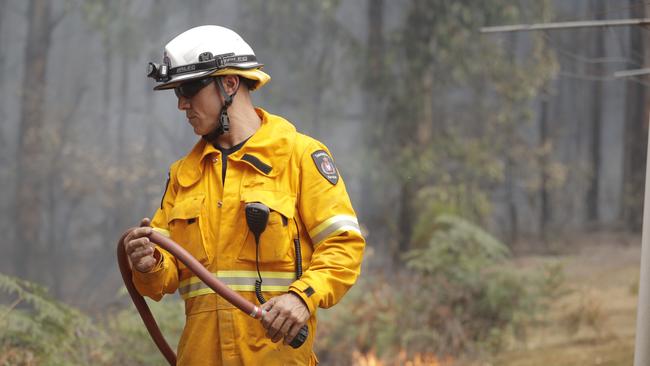
“They’ve got this strategic fire management program up and running statewide and Tasmania is really at the forefront in Australia in the area,” Mr Marsden-Smedley said.
“They’ve been slowly ramping it up over the past 10 years but it’s going to take them another 20 to really get it going.”
But he said these types of events were “unmanageable”.
“This fire, they’ve got 72 or something ignitions, like how do you get on top of that,” Mr Marsden-Smedley said.
CSIRO bushfire behaviour and risks research team leader Andrew Sullivan said lightning fire starts would have been more difficult to detect and report before 1980, but it didn’t mean they didn’t occur.
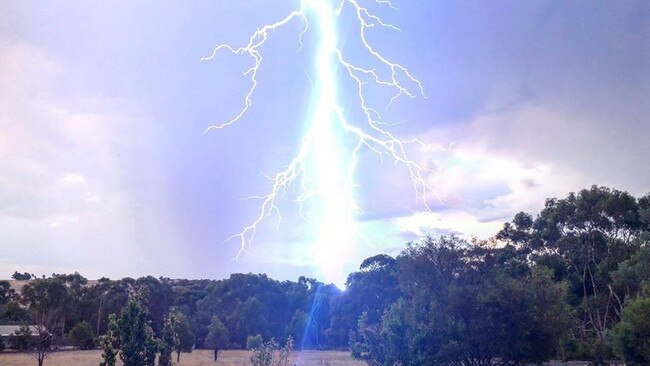
He said the very extensive lightning strike networks available today meant almost every ground strike was able to be tracked.
He said the danger with lightning fires was they didn’t “necessarily burst into flame straight away”.
“You get a smouldering reaction that is very slow but releases a fair bit of heat and it very progressively develops into a successful ignition,” he said.
“Across the country lightning strikes generally tend to occur in less accessible terrain, take longer to develop to the point where they can be spotted.
“Which is why they cause such a problem because it’s very difficult for firefighters to get to.
“Therefore, the fires have a greater chance to become a going fire that’s difficult to fight.”
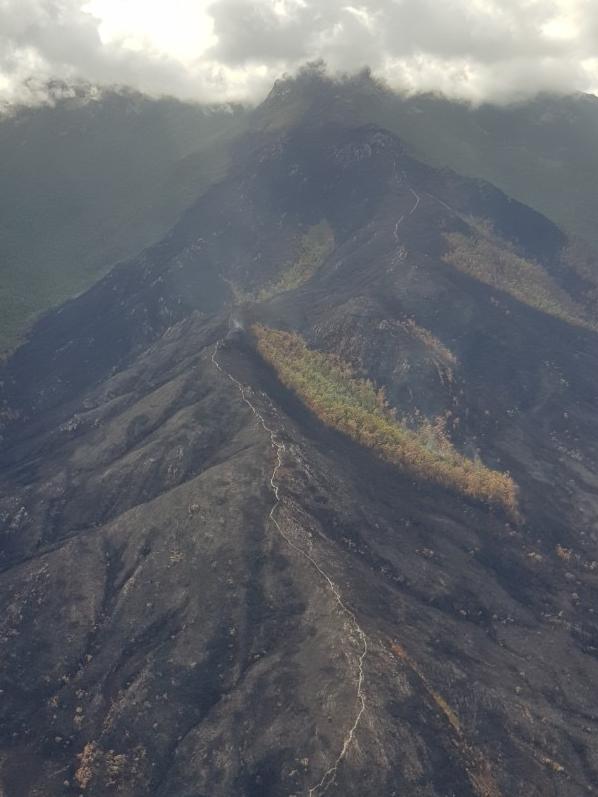
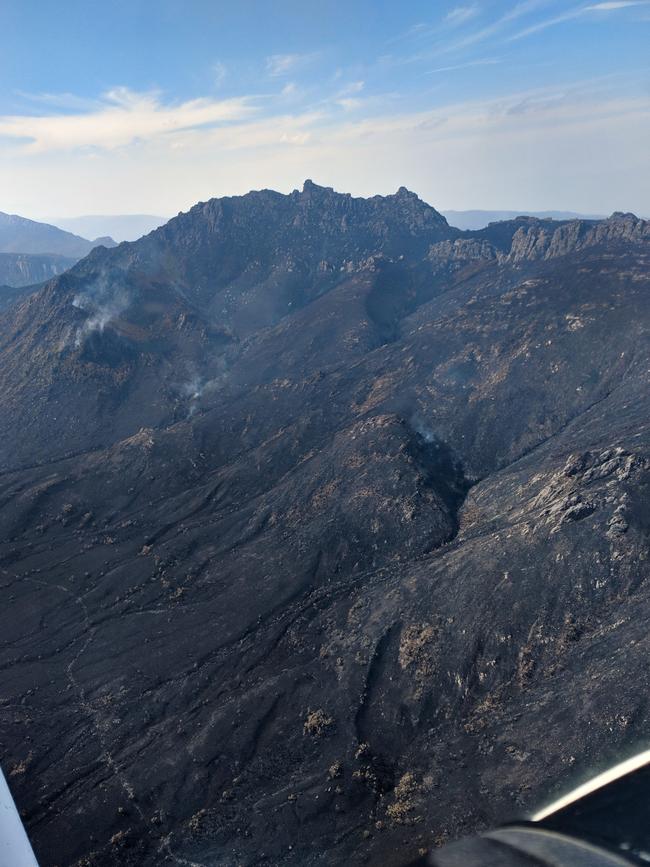
Dr Sullivan said when blazes become widespread such as this summer’s events in Tasmania, they quickly stretch firefighting resources.
“It’s very difficult for fire agencies to respond to everything,” he said.
“What’s very difficult to do is to determine in advance which fires are likely to cause problems down the track, so you prioritise what is directly threatening life and property.
“It’s a very difficult situation to be in. There’s no magic bullet to putting these remote fires out.”


